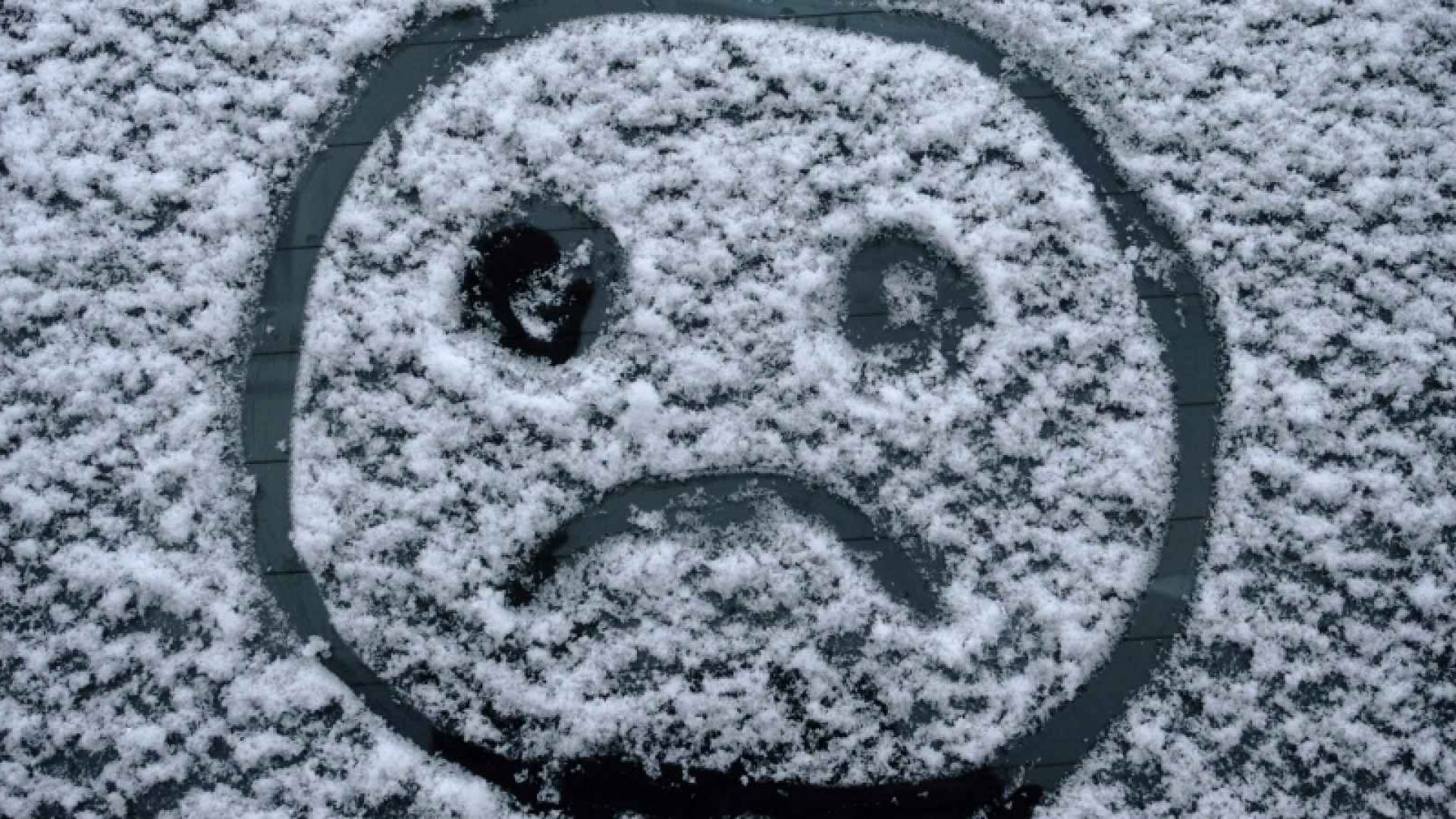Have you ever noticed yourself feeling less energetic, less optimistic, maybe even a little depressed or anxious in the fall and winter? Do you find it more difficult drag yourself out of bed in the morning? Do you dread the day we set the clocks back?
You may be dealing with the “Winter Blues,” which many people experience when the temperatures drop, the nights become very long, and people find themselves cooped up indoors with fewer recreational activities at their disposal.
When It’s Not Just the Blues
Sometimes, however, these bluesy symptoms can be more pronounced. Due to a lack of sun exposure, the body’s serotonin levels drop and seasonal depression can set in. The depression and/or anxiety can become severe enough to prevent a person from adequately completing their day-to-day activities. The holidays hold little joy. There can be a sense of hopelessness or worthlessness. The person may withdraw socially or can be markedly irritable. They may suffer from insomnia (or they may sleep more than usual). Their appetite can increase or decrease, resulting in unwanted weight gain/loss. In more severe cases, suicidal thoughts can be present. Note: If your symptoms (or the symptoms of a loved one) have escalated to the point where there are thoughts of self-harm or harm to another individual, please call 911 immediately or head directly to your nearest emergency room.
For the individual experiencing the sudden onset of seasonal depression the symptoms can be quite disturbing, as they seem to come out of nowhere and without logical explanation. They persist throughout the holidays and into the early part of the New Year and then, as if by magic, they disappear (or ease up significantly) in late March or early April. These seasonal depressive episodes may be due to a condition called Seasonal Affective Disorder (SAD).
Our moods are very closely linked to our sleep patterns. Our sleep patterns are affected by the timing of sunrise and sunset. Some people automatically adjust to the shorter days and longer nights associated with the fall and winter months, but many people experience chemical imbalances as a result of these seasonal changes. Reduced serotonin and Vitamin D levels can trigger seasonal depressive episodes, making the winter months difficult to endure.
Rule Out Other Possible Causes
If you are suffering from the symptoms of seasonal depression, discuss your symptoms with a health care professional. It’s important to rule out other possible causes for your symptoms. If you are diagnosed with SAD, you and your doctor will discuss available treatment options.
Your treatment options may include medications but your provides is most likely going to recommend a daily dose of light therapy. Light therapy lamps are widely available and are very effective against the symptoms of SAD. In fact, most practitioners will recommend them before trying medications. Light therapy is done at home and involves sitting for about a half hour each day under a special lamp that mimics sunlight. This light exposure tricks your body into producing the chemicals you require for overall wellness, allowing your depressive symptoms to lift.
Simple Lifestyle Changes Can Help Too
In addition to light therapy and possible medication, there are other things you can do to rid yourself of SAD symptoms.
Get outdoors every day – Spend a little time outside whenever it is feasible. A brisk walk will help expose you to scant sunlight and the physical activity will also boost your serotonin levels.
Exercise – Exercises that boost your heart rate are proven to improve serotonin levels. Try to work out at least three times per week.
Nutritional fixes – SAD symptoms will have you craving carbs, which are counterproductive to maintaining a good mood. Avoid simple carbs, caffeine, and of course it is never helpful to self-medicate with drugs or alcohol. A diet rich with complex carbs, proteins, and antioxidants will offer some mental health benefits. Also check your Vitamin D levels (it’s a simple blood test) and have your physician help you to keep them in a healthy range. You can also similarly check and stabilize your B-12 levels.
Avoid isolation – While depressive symptoms will have you wanting to curl up under a blanket and shut out the world, try not to cave into these instincts. We have all experienced, at one time or another, a resistance to attending an event only to end up having a great time once we get there. We say, “The body goes and the mind follows.” Plan activities in advance of the dark days of winter. Make a list of things you think you might like to do and put as many as you can on your schedule.
SAD is a common condition, particularly for those of us who in the northern states. It is estimated that 10-20% of all Americans have experienced SAD symptoms. Do not just write your symptoms off to “The Winter Blues.” Getting an accurate diagnosis, seeking treatment, and making a few simple lifestyle changes can turn wintertime into a fun and enjoyable time of the year.[Note: The opinions expressed in this column should not be considered a substitute for professional advice.]




